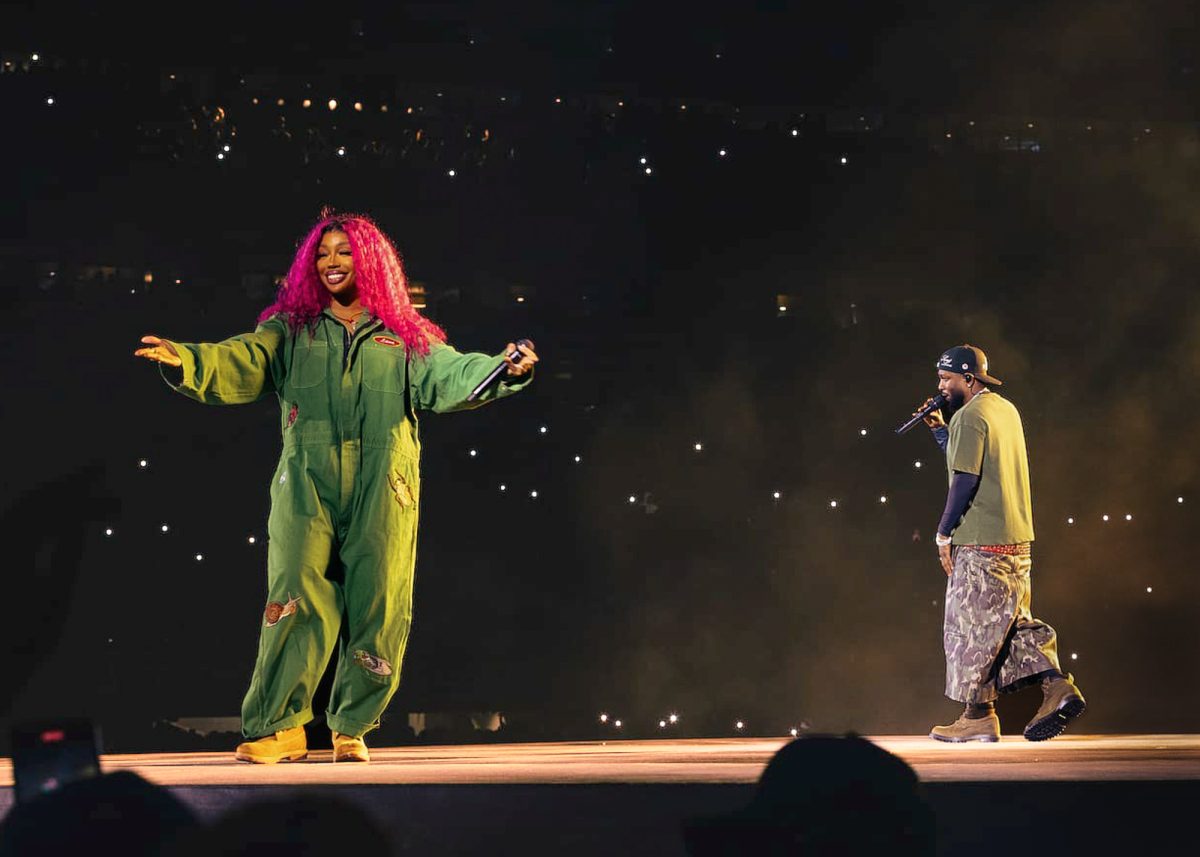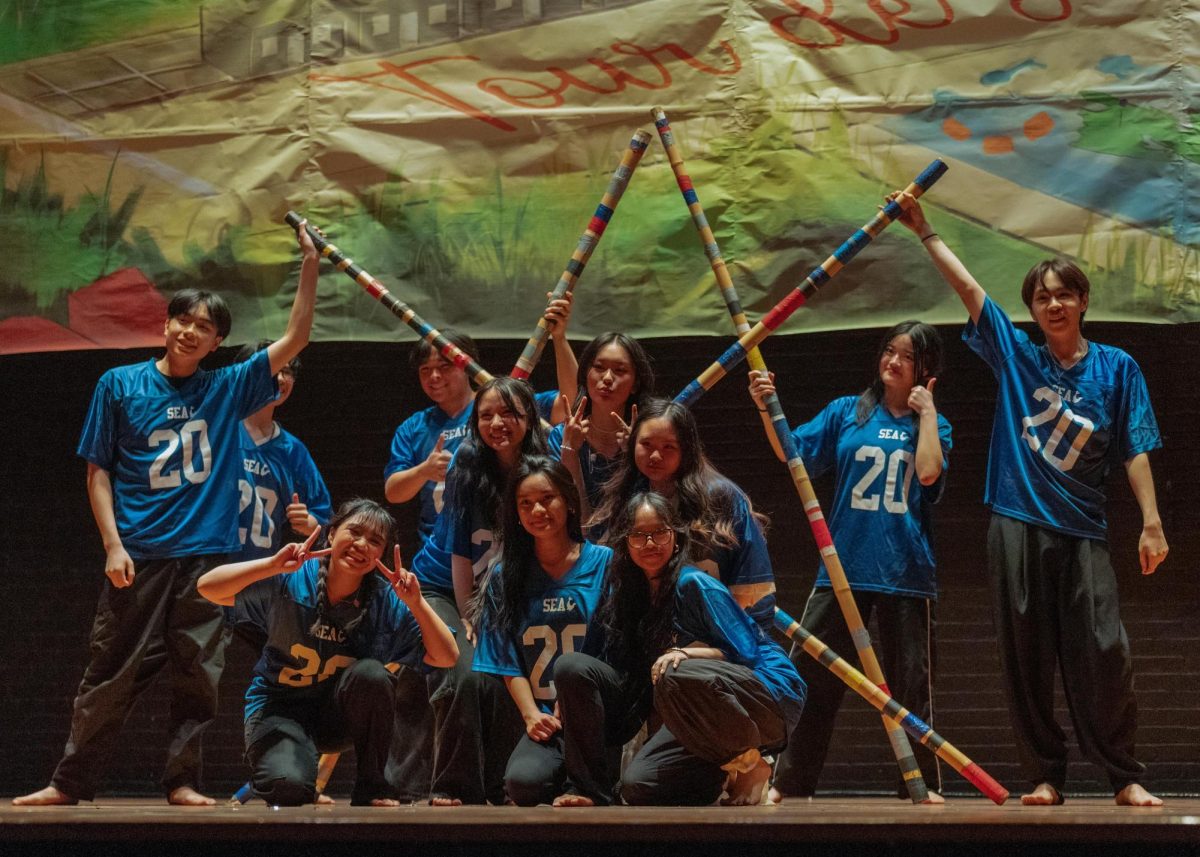Artists like Leonardo da Vinci and Michelangelo are often regarded as heroes of the Renaissance era, but what about Isabella d’Este or Nicola da Urbino? For centuries, women have been excluded from the history of the Classical Period, merely recognized as muses for male creativity. The Museum of Fine Arts (MFA), however, is looking to celebrate female contribution during the era with the exhibit Strong Women in Renaissance Italy.
Exhibits surrounding the Renaissance, a period from around the 14th to the 17th century that brought back lost knowledge of classic art, architecture and philosophy, often focus solely on male artists. Strong Women in Renaissance Italy, though, aims to portray forgotten stars of the era through a “mix of sculpture, paintings, ceramics, textiles, fashion accessories, illustrated books and prints,” as the MFA describes.
The exhibit highlights important female figures of the time like Roman heroine Lucretia, Judith from the Bible and Queen Cleopatra of Egypt, all of whom are depicted throughout Renaissance art.
Barbara Longhi, one of the featured artists, was a Renaissance painter. Longhi’s artwork includes religious paintings depicting the relationship between Mother Mary and Baby Jesus, a common symbol during the Renaissance symbolizing maternal connection. Although Longhi plays a large role in the resurgence of classical art, she remains underrepresented in the art community. This spotlight at the MFA sheds light on her work and different, untold dimensions of the Renaissance era.
Sofonisba Anguissola, another pioneer during the Renaissance era, was known for painting self-portraits, an unusual choice for her time. Her eminent artwork led to her invitation to the court of King Philip II of Spain, making Anguissola to be one of the first women to gain international recognition for her portraiture.
This exhibit spotlights one of Anguissola’s self-portraits, in which she holds a large roundel. The word virgo, or “maiden” in Latin, is written on the disk, but “go” is obscured by her thumb, leaving only the letters “vir,” or “man,” visible to viewers. The portrait, which was likely a message for the lack of representation of female artists during the Renaissance, speaks to the purpose of the exhibit: highlighting once-forgotten women.
During the Renaissance, being a female artist was not as accepted as it is today. Though it was common for women to be the subject of Renaissance pieces, art created by women was rarely taken seriously. BLS Visual and Digital Arts teacher Ms. Elizabeth Walshak explains, “It was incredibly difficult for women to become artists during the Renaissance, let alone be respected as professional artists during that time.”
The lack of information on women’s work depicts their struggle to gain recognition, but Strong Women in Renaissance Italy reflects the tireless effort they put into trying to reach the status of their male counterparts.
This celebration of female artists illuminates the impact of women in art. BLS Visual Arts teacher Mr. Joseph Carrigg remains hopeful for the exhibit’s influence, adding: “Women [of the Renaissance] didn’t have a spotlight opportunity; they get a spotlight now.”
Strong Women in Renaissance Italy is available at the MFA until January 7, 2024. Tickets cost 10 dollars for general admission.
Categories:
Recognition of Female Artists in the Renaissance
January 22, 2024
0







